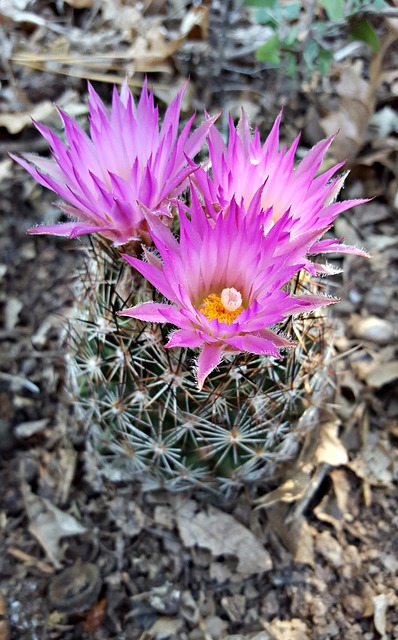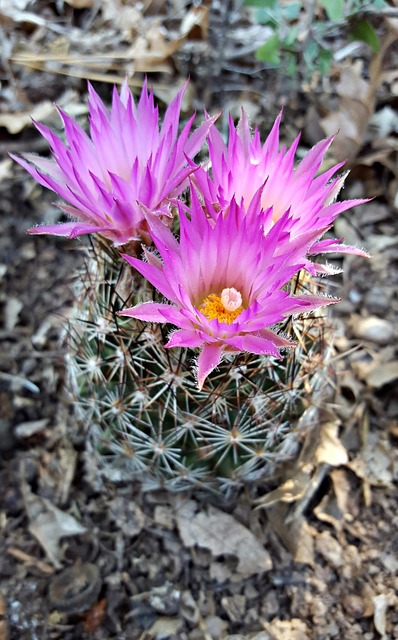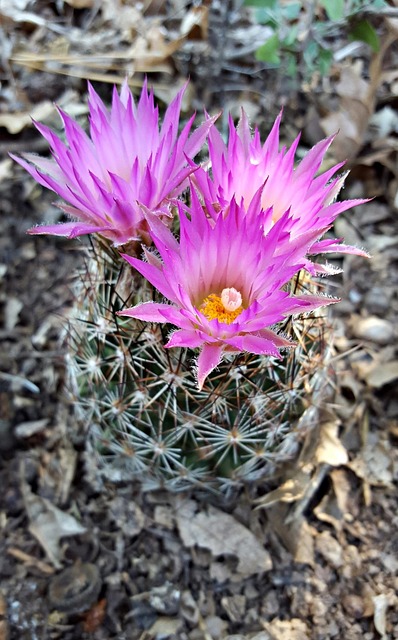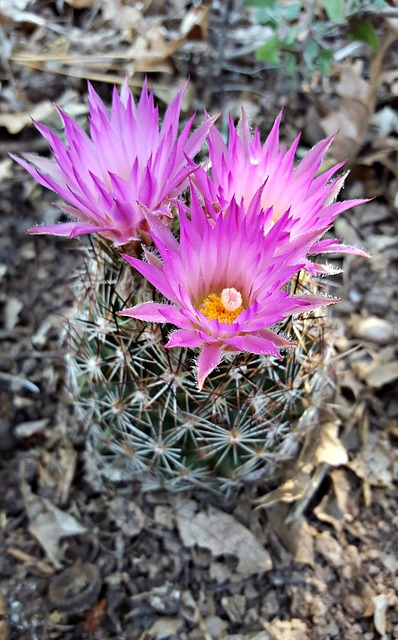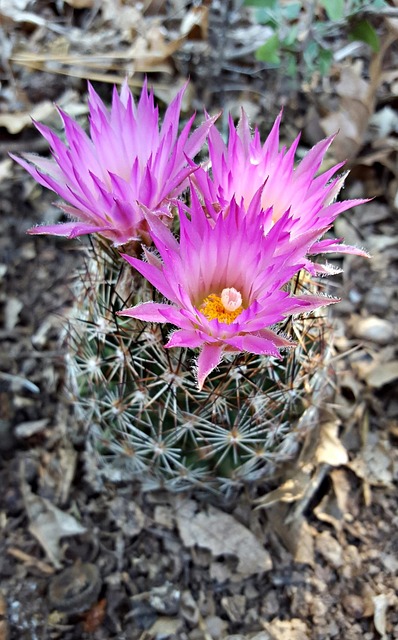The real estate market significantly influences a city's cultural landscape, with historic neighborhoods becoming cultural hubs due to unique architecture, history, and community engagement. Proper urban planning integrates public spaces, galleries, and performance venues, fostering vibrant scenes. In contrast, dense high-rise areas may isolate residents and dilute local culture. Unique cultural scenes attract businesses and boost property values, making them magnets for investors and locals alike. Preserving cultural diversity through strategic planning, mixed-use development, and investing in arts infrastructure ensures these dynamic environments thrive for both residents and visitors.
“Uncover the captivating interplay between real estate and cultural diversity in urban landscapes. This article explores how property development shapes unique cultural scenes, attracting investors and residents alike. From vibrant art districts to diverse culinary hotspots, we delve into strategies for cultivating and preserving these dynamic environments. Understanding the role of real estate in urban planning is key to fostering inclusive, culturally rich communities that thrive on uniqueness and diversity.”
The Role of Real Estate in Shaping Cultural Landscapes
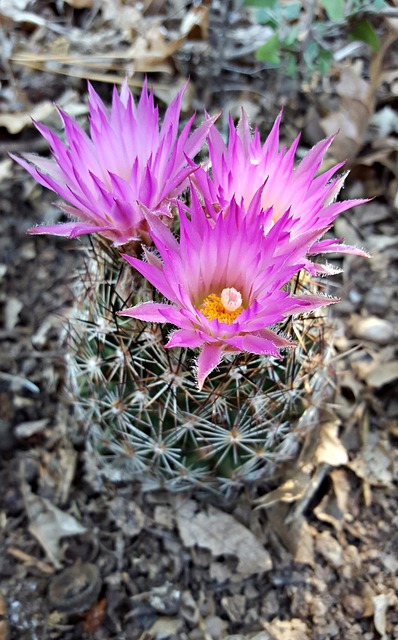
The landscape of a city, both physically and culturally, is significantly influenced by its real estate market. The locations where people choose to live, work, and socialize directly contribute to the unique character of a community. For instance, historic neighborhoods with charming architecture often become cultural hubs, attracting artists, musicians, and local businesses that thrive in these intimate settings. These areas develop distinct identities, becoming landmarks for their distinctive blend of history, art, and community engagement.
Real estate developments play a pivotal role in cultivating vibrant cultural scenes. The design and layout of buildings can either foster or hinder social interactions and artistic expressions. Urban planning that integrates public spaces, galleries, and performance venues creates environments conducive to creative activities and cultural exchange. Conversely, dense high-rise residential areas might isolate residents, potentially diluting the rich tapestry of local culture that often flourishes in more connected, low-rise neighborhoods.
Unique Cultural Scenes: Attracting Investors and Residents Alike
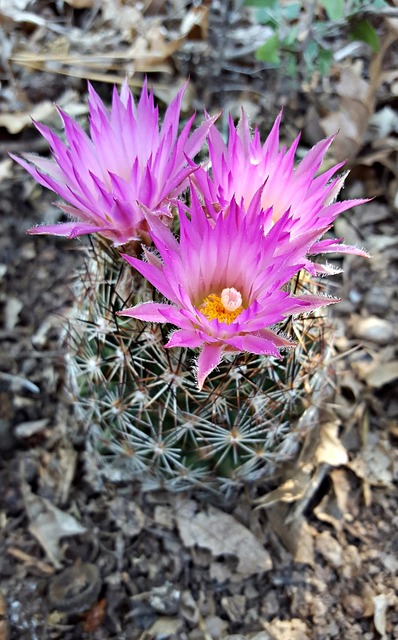
Unique cultural scenes have become a significant draw for investors and residents alike in today’s competitive real estate market. Cities known for their vibrant tapestry of arts, music, food, and festivals offer more than just aesthetically pleasing landscapes; they provide a sense of community and belonging that is hard to replicate elsewhere. This cultural richness not only enhances the quality of life but also boosts property values and attracts businesses, further fueling economic growth.
Investors looking for diverse and sustainable portfolios increasingly recognize the potential of places with distinctive cultural scenes. Real estate in these areas often sees higher demand, leading to increased prices and rental rates. Residents, too, are drawn to the energy and diversity that these cultural hubs offer, choosing to live in places where their passions can thrive and be shared with others. This symbiotic relationship between culture and real estate creates a dynamic environment that benefits both investors and locals, ensuring that these unique scenes continue to flourish and evolve.
Strategies for Developing and Preserving Cultural Diversity in Urban Settings

In urban settings, cultivating and preserving cultural diversity is a multifaceted challenge that requires strategic planning in various sectors, including real estate. One key approach involves facilitating mixed-use development where residential, commercial, and cultural spaces intertwine. This blend encourages social interactions across diverse groups, fostering an environment conducive to cultural exchange. Real estate developers can play a pivotal role by designing inclusive spaces that cater to different artistic expressions and community needs.
Additionally, local governments should implement policies that protect historic neighborhoods and landmarks, ensuring they remain vibrant hubs of cultural activity. These preservation efforts safeguard the unique identity of diverse communities while attracting tourists interested in authentic experiences. Investing in arts infrastructure, such as galleries, theaters, and public art installations, further solidifies a city’s cultural scene, making it an appealing destination for residents and visitors alike.

